Radiation effect to the deformation mechanism of Alloys 800H and 800H-TMP
Principal Investigator
- Name:
- Weicheng Zhong
- Email:
- [email protected]
- Phone:
- (208) 526-6918
Team Members:
| Name: | Institution: | Expertise: | Status: |
|---|---|---|---|
| Lizhen Tan | Oak Ridge National Laboratory | Microstructure, mechanical testing, nuclear materials, irradiation, processing-microstructure-property relationship | Faculty |
Experiment Details:
- Experiment Title:
- Radiation effect to the deformation mechanism of Alloys 800H and 800H-TMP)
- Hypothesis:
- Austenitic stainless steels show dependence of deformation mechanism on the grain orientation. Previous studies demonstrated the martensite formation at dislocation channels in {001} and {111} grains in irradiated 304 austenitic stainless steel. Alloys 800H and 800H-TMP have a higher Ni content by ~20%, which could restrict the ferrite/martensite formation. Therefore, the deformation mechanism study on Alloys 800H and 800H-TMP is necessary.
- Work Description:
- This work proposes to use nanoindentation and transmission electron microscopy to investigate the deformation mechanism of irradiated alloys 800H and 800H-TMP (thermomechanical processed). Alloys 800H and 800H-TMP have been irradiated in Advanced Test Reactor at 431℃ for ~9 dpa. The exposure of austenitic stainless steels to reactor environment leads to the formation of dislocation loops, cavity, and γ’ precipitates, which will interact with the strain-induced defects under loading. In this work, nanoindentation will be performed on two irradiated samples: (1) irradiated alloy 800H at 431C and 9.01dpa; (2) irradiated alloy 800H-TMP at 431C and 9.12dpa. Both samples are currently in the Low Activation Materials Development and Analysis Facility (LAMDA) at ORNL. The dose rate for both samples is ~1.6x10-7 dpa/s. For each sample, three TEM samples will be prepared on indented {001}, {011}, and {111} grains using focused ion beam at LAMDA facility at ORNL. As the grain size of both samples are over 100μm, indentations away from grain boundaries can be easily achieved to avoid the impact from grain boundaries. Finite element modeling indicates the complex stress distribution under the indents. To achieve consistency, all FIB-prepared TEM foils will be performed on the selected indents using the same foil-indent orientation, so that the stress state for all TEM foils are similar. TEM will be used to characterize the interaction of radiation-induced defects with the deformation, and to understand the irradiation effect to the deformation mechanism for different grain orientation. Careful comparison between different grain orientation and different samples will be performed at the same regions from the indent tips, acknowledging the stress distribution under the indents. This result of this proposal will be compared to the on-going deformation mechanism study of unirradiated alloy 800H/800H-TMP. The outcome of this proposal on the irradiated alloys and the on-going study on the unirradiated alloys will provide insightful understanding on the irradiation effect to the deformation mechanism of alloys 800H/800H-TMP. In addition, the effect of thermomechanical processing to the deformation mechanism after irradiation will be investigated.
Project Summary
The goal of the project is to investigate the radiation effect on the deformation mechanism of alloys 800H and 800H-TMP (thermomechanical processed). Alloy 800H is being considered for the Next Generation Nuclear Plant and Molten Salt Reactors, as well as the Advanced Radiation-Resistant Materials program partnered with the Light Water Reactor Sustainability program. Austenitic stainless steels show dependence of deformation mechanism on grain orientation. The exposure of austenitic stainless steels to reactor environment leads to the formation of dislocation loops, cavity, and γ’ precipitates, which interact with the strain-induced defects under loading. Therefore, the irradiation will influence the deformation of austenitic stainless steels. Previous studies demonstrated the martensite formation at dislocation channels in {001} and {111} grains that are parallel to the loading direction in irradiated 304 austenitic stainless steel. Alloy 800H/800H-TMP has a higher Ni content by ~20%, which restricts the ferrite/martensite formation. The radiation effect on the deformation mechanism on the high Ni-content austenitic stainless steels, 800H/800H-TMP, has not been systematically studied.
In this project, we propose to use SEM in-situ nanoindentation, electron backscatter diffraction (EBSD), focused-ion beam (FIB), and transmission electron microscopy (TEM) to investigate the deformation mechanisms of irradiated alloys 800H and 800H-TMP, with an expected performance period of six months after the award of the proposal. SEM in-situ nanoindentation will be performed on the irradiated samples of alloys 800H and 800H-TMP. Indentations on the {001}, {011}, and {111} grains will be identified by EBSD for FIB lift-out. All TEM foils will be lift out at the selected indents using the same foil-indent orientation, followed by the TEM microstructure characterization. Careful comparison between different grain orientation and different samples will be performed at the same regions from the indent tips, acknowledging the stress distribution under the indents. By comparing with the on-going deformation mechanism study of unirradiated alloys 800H and 800H-TMP, the outcome of this proposal on the irradiated alloys will provide fundamental understanding on the irradiation effect to the deformation mechanism of alloys 800H and 800H-TMP. In addition, the effect of TMP on the deformation mechanism after irradiation will be revealed. The knowledge from this proposal will enable us to envision the mechanical response of high-Ni content austenitic stainless steels in reactor environments.
In this project, we propose to use SEM in-situ nanoindentation, electron backscatter diffraction (EBSD), focused-ion beam (FIB), and transmission electron microscopy (TEM) to investigate the deformation mechanisms of irradiated alloys 800H and 800H-TMP, with an expected performance period of six months after the award of the proposal. SEM in-situ nanoindentation will be performed on the irradiated samples of alloys 800H and 800H-TMP. Indentations on the {001}, {011}, and {111} grains will be identified by EBSD for FIB lift-out. All TEM foils will be lift out at the selected indents using the same foil-indent orientation, followed by the TEM microstructure characterization. Careful comparison between different grain orientation and different samples will be performed at the same regions from the indent tips, acknowledging the stress distribution under the indents. By comparing with the on-going deformation mechanism study of unirradiated alloys 800H and 800H-TMP, the outcome of this proposal on the irradiated alloys will provide fundamental understanding on the irradiation effect to the deformation mechanism of alloys 800H and 800H-TMP. In addition, the effect of TMP on the deformation mechanism after irradiation will be revealed. The knowledge from this proposal will enable us to envision the mechanical response of high-Ni content austenitic stainless steels in reactor environments.
Relevance
Alloy 800H is approved for nuclear construction under the ASME BPVC Section III-5, and being considered for the Next Generation Nuclear Plant, Molten Salt Reactors, and Light Water Reactor Sustainability (LWRS) program in partner with the EPRI-led Advanced Radiation-Resistant Materials program. Despite many studies on alloy 800H for reactor applications, there is still lack of fundamental understanding on the deformation mechanism of irradiated alloy 800H. The proposed study on the deformation mechanism of irradiated alloy 800H and 800H-TMP (thermomechanical processed) will reveal the effects of irradiation and TMP on the deformation behavior of this type of alloy, which is closely related to the DOE Nuclear Energy (NE) mission to advance nuclear power.
The exposure of austenitic stainless steels to reactor environment leads to the defects and precipitates formation, such as dislocation loops, cavity, and γ’ precipitates. These defects play important roles in the mechanical response of the alloys in reactor environment. Therefore, fundamental study on the deformation mechanism of irradiated alloys 800H/800H-TMP is necessary. By comparing with the on-going deformation mechanism study of unirradiated 800H/800H-TMP, the outcome of this proposal on the irradiated alloys will provide fundamental understanding on the irradiation effect to the deformation mechanisms of alloys 800H and 800H-TMP. In addition, the effect of thermomechanical processing to the deformation mechanism after irradiation will be investigated. The knowledge from this proposal will enable us to envision the mechanical response of alloy 800H/800H-TMP in reactor environments.
Alloy 800H (Fe-20Cr-31Ni) has a close composition as alloy 709 (Fe-20Cr-25Ni) that is selected as one of the primary candidate structural materials for sodium-cooled fast reactor within the Advanced Reactor Technologies (ART) program. A deformation mechanism study of irradiated NF709 (a commercial alloy 709) was conducted under a previous NSUF-RTE. The result of this project will provide direct comparisons to the NF709, from which a general picture about the effect of composition, TMP, and irradiation on deformation mechanisms is expected to be obtained. The developed knowledge will be essential to the development and application of similar alloys to be used for the light water reactor extension and advanced reactors. This project fully aligns with the DOE NE's mission to advance nuclear power by enhancing the long-term viability and competitiveness of the existing U.S. reactor fleet and developing an advanced reactor pipeline.
The exposure of austenitic stainless steels to reactor environment leads to the defects and precipitates formation, such as dislocation loops, cavity, and γ’ precipitates. These defects play important roles in the mechanical response of the alloys in reactor environment. Therefore, fundamental study on the deformation mechanism of irradiated alloys 800H/800H-TMP is necessary. By comparing with the on-going deformation mechanism study of unirradiated 800H/800H-TMP, the outcome of this proposal on the irradiated alloys will provide fundamental understanding on the irradiation effect to the deformation mechanisms of alloys 800H and 800H-TMP. In addition, the effect of thermomechanical processing to the deformation mechanism after irradiation will be investigated. The knowledge from this proposal will enable us to envision the mechanical response of alloy 800H/800H-TMP in reactor environments.
Alloy 800H (Fe-20Cr-31Ni) has a close composition as alloy 709 (Fe-20Cr-25Ni) that is selected as one of the primary candidate structural materials for sodium-cooled fast reactor within the Advanced Reactor Technologies (ART) program. A deformation mechanism study of irradiated NF709 (a commercial alloy 709) was conducted under a previous NSUF-RTE. The result of this project will provide direct comparisons to the NF709, from which a general picture about the effect of composition, TMP, and irradiation on deformation mechanisms is expected to be obtained. The developed knowledge will be essential to the development and application of similar alloys to be used for the light water reactor extension and advanced reactors. This project fully aligns with the DOE NE's mission to advance nuclear power by enhancing the long-term viability and competitiveness of the existing U.S. reactor fleet and developing an advanced reactor pipeline.
Research Report
Please wait
About Us
The Nuclear Science User Facilities (NSUF) is the U.S. Department of Energy Office of Nuclear Energy's only designated nuclear energy user facility. Through peer-reviewed proposal processes, the NSUF provides researchers access to neutron, ion, and gamma irradiations, post-irradiation examination and beamline capabilities at Idaho National Laboratory and a diverse mix of university, national laboratory and industry partner institutions.
Privacy and Accessibility · Vulnerability Disclosure Program

